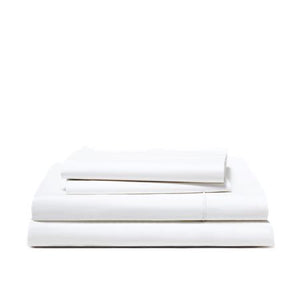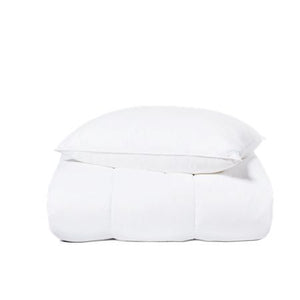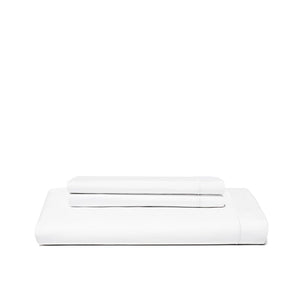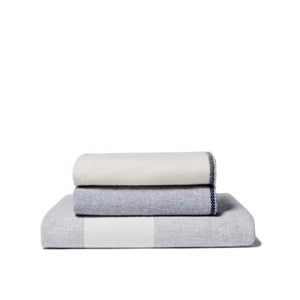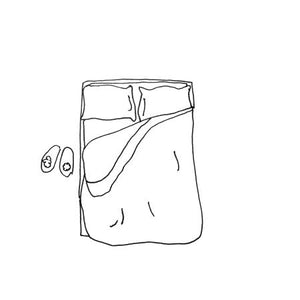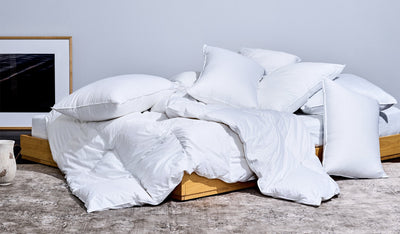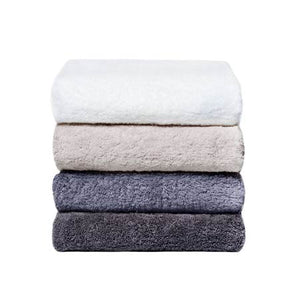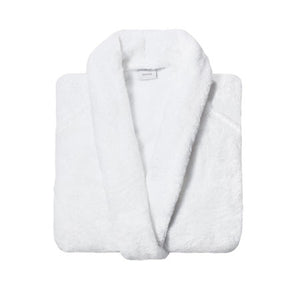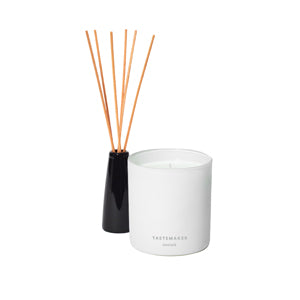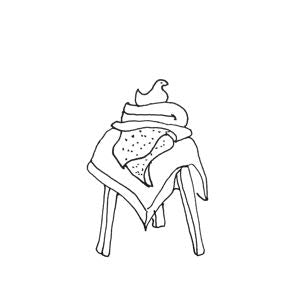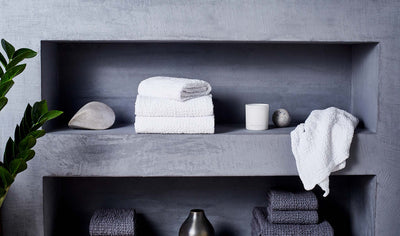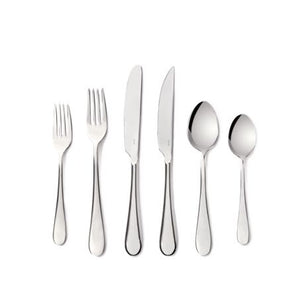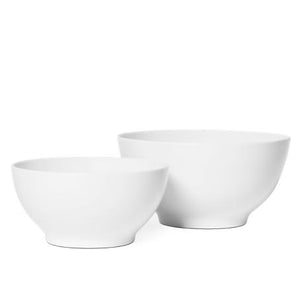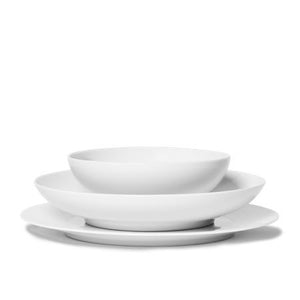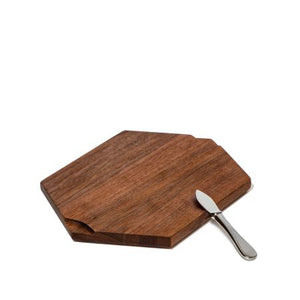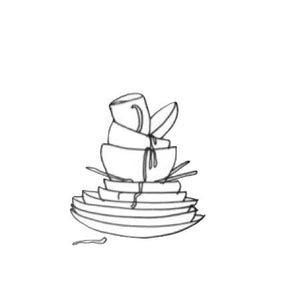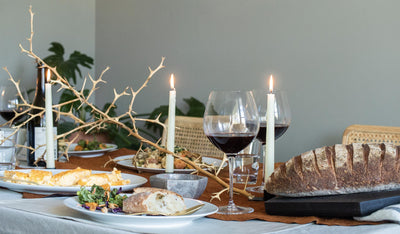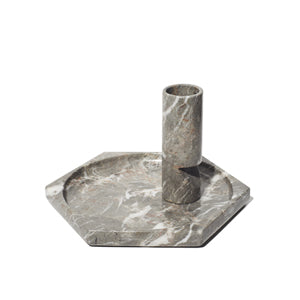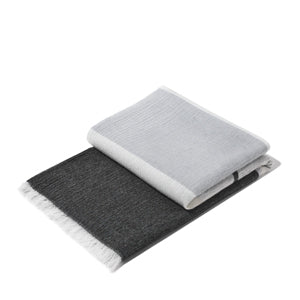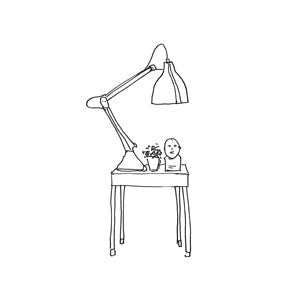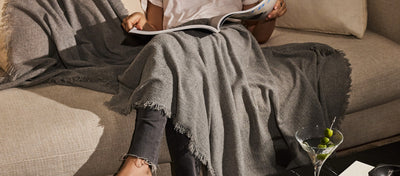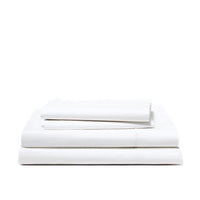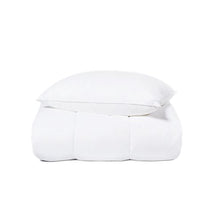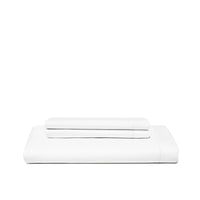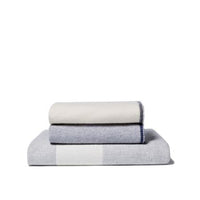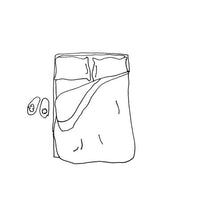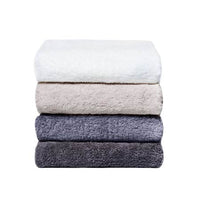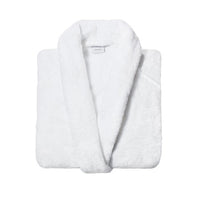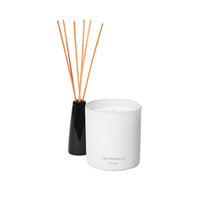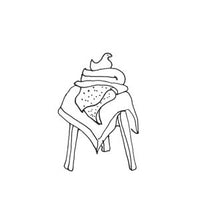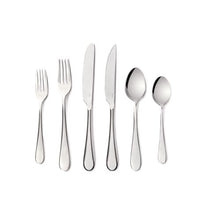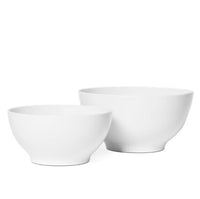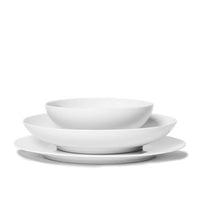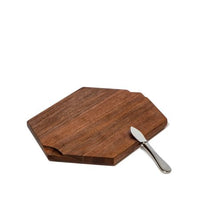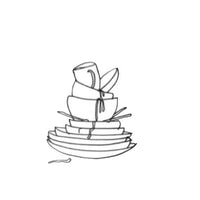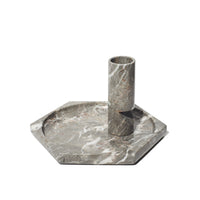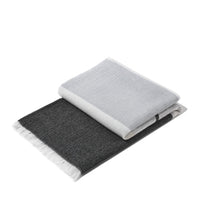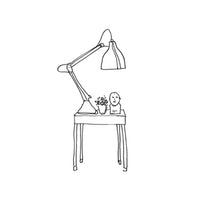When shopping for bed sheets, you might hear about percale sheets. They're cool to the touch, long-lasting, and have a simple, tight weave for a crisp feel.
They are typically lightweight and breathable, making them a popular choice for warm sleepers. They are also known for their durability, as the tight weave helps prevent pilling and wear over time.
Interested in finding out how these sheets can improve your sleep? Read on for more details.
What Is Percale?

Percale is a type of weave used to make sheets, and it's known for its crisp, airy feel.
Unlike sateen, which has a more lustrous finish, percale has a matte finish and a slightly more textured feel.
The weave pattern of percale is symmetrical, which means that the threads are woven in a one-over-one-under pattern. This creates a tight weave that gives percale sheets their signature crispness.
One of the benefits of percale weave is its breathability.
The tight weave allows air to circulate, which helps keep you cool and comfortable while you sleep.
This makes percale sheets a great choice for hot summer months or for people who tend to sleep hot.
Material and Thread Count
Percale sheets are typically made from cotton, although they can be blended with other materials such as silk, polyester, or rayon from bamboo.
Cotton fibers are naturally breathable and moisture-wicking, which makes them a great choice for bedding.
When shopping for percale sheets, you'll want to pay attention to the thread count.
Thread count is the number of threads woven into a square inch of fabric.
While a higher thread count may seem like it would result in a softer sheet, it's not always the case.
In fact, percale sheets typically have a lower thread count than other types of sheets.
The minimum thread count for percale sheets is 180, but a high-quality percale sheet will have a thread count range from 200 to 400.
This thread count range is recommended by the National Sleep Foundation for optimal coolness and comfort.
Types of Percale Sheets

When it comes to percale sheets, there are many different varieties to choose from. Here are some of the most common types of percale sheets available on the market today.
Cotton Variants
Pima cotton, Egyptian cotton, long-staple cotton, and extra-long-staple cotton are all popular choices.
Each type of cotton has its own unique properties and characteristics, so it's important to choose the one that best suits your needs.
Organic and Certified Options
If you're looking for organic percale sheets, there are several options available.
Organic cotton percale sheets are made from cotton that has been grown without the use of synthetic pesticides or fertilizers.
Look for sheets that are certified by the Global Organic Textile Standard (GOTS) or Oeko-Tex certified to ensure that they meet strict environmental and social standards.
Blended Fabrics
Blended cotton percale sheets are made from a combination of cotton and another material, such as polyester or rayon from bamboo.
These sheets can offer a unique blend of softness, durability, and breathability.
However, it's important to choose a blend that is high-quality and well-made to ensure that the sheets will last for years to come.
Pros and Cons of Percale Sheets
Benefits of Percale
If you're looking for a bed sheet that is both breathable and durable, percale sheets may be the perfect choice for you.
Made from tightly woven cotton fibers, percale sheets are known for their low maintenance and breathability, making them an excellent option for hot sleepers.
They are also highly comfortable, with a crisp, cool feel that is perfect for warm weather.
Percale sheets are also known for their durability, thanks to the tight weave of the cotton fibers.
This makes them resistant to wear and tear, and less likely to pill or become rough over time.
They are also easy to care for, as they can be machine washed and dried without losing their shape or softness.
Considerations
Despite their many benefits, percale sheets do have a few drawbacks to consider.
While they are highly breathable, they may not be the best choice for those living in cold climates, as they do not provide as much warmth as other types of sheets.
Additionally, percale sheets are prone to wrinkling, which can be a hassle for those who prefer a smooth, wrinkle-free bed.
Care and Maintenance of Percale Sheets

Taking care of your percale sheets is essential to maintain their quality and prolong their lifespan.
Proper care and maintenance will also help to keep them clean, fresh, and wrinkle-free.
In this section, we will discuss the washing guidelines, drying, and ironing instructions for your percale sheets.
Washing Percale Sheets
Percale sheets are generally machine-washable, making them easy to clean. However, it is essential to follow the care instructions provided by the manufacturer to avoid damaging the fabric.
- Before washing your sheets, check the care label for any specific instructions.
- To keep your percale sheets clean, it is recommended to wash them every one to two weeks.
- Use cold water and a mild detergent to prevent shrinkage and preserve the fabric's quality.
- Avoid using bleach, which can weaken the fibers and cause yellowing.
- If your percale sheets have stains, treat them before washing.
- You can use a stain remover or a mixture of baking soda and water to remove stains.
- Apply the solution to the stain and let it sit for a few minutes before washing.
Drying and Ironing Percale Sheets
After washing your sheets, it is essential to dry them properly to prevent wrinkles and maintain their quality.
- Tumble dry your sheets on low heat or hang them outside to air dry.
- Avoid using high heat, which can damage the fabric and cause shrinkage.
- If your percale sheets are wrinkle-resistant, you may not need to iron them.
- However, if you prefer crisp, wrinkle-free sheets, you can iron them on a low setting.
- Always iron your sheets when they are slightly damp to prevent damage to the fabric.
How To Choose the Right Percale Sheets
When selecting percale sheets, there are a few things to consider to ensure that you choose the right ones for you. Here are some factors to keep in mind:
Quality and Comfort
One of the most important factors to consider when selecting percale sheets is quality.
Look for sheets made from high-quality cotton, such as Egyptian or Pima cotton, which are known for their softness and durability.
Additionally, check the thread count, which is the number of threads woven into one square inch of fabric.
While a higher thread count does not always mean better quality, aim for sheets with a thread count of at least 200 for a soft and comfortable feel.
Your Preferences
Percale sheets come in a variety of colors, patterns, and sizes, so it's important to choose ones that match your preferences and the aesthetic of your bedroom.
Consider the color scheme of your room and choose sheets that complement it.
Additionally, think about the size of your bed and choose sheets that fit properly.
Most percale sheets come in standard sizes, but some brands offer a wider range of sizes to fit different bed types.
Special Features
If you tend to sleep hot or live in a warm climate, look for percale sheets that are moisture-wicking and breathable to help keep you cool and comfortable throughout the night.
Additionally, some percale sheets come with special features such as wrinkle resistance or extra softness. Consider these features if they are important to you.
Conclusion
Experience the fresh, cool embrace of percale sheets, renowned for their durability and crisp comfort. Ideal for hot sleepers, these sheets boast a tight weave for longevity and a breathability that softens with each wash.
If you're in need of a bedding upgrade or searching for a solution to stay cool, consider the classic and practical elegance of Snowe’s products. Shop our percale cotton sheets collection now for a cozy, stylish, and restful night's sleep.
Frequently Asked Questions
How do percale sheets compare to sateen sheets in terms of feel and durability?
Percale sheets and sateen sheets are both popular bedding options, but they differ in terms of their feel and durability. Percale sheets have a crisp, cool feel and are highly durable due to their tight weave.
Sateen sheets, on the other hand, have a silky, smooth feel but may be less durable due to their looser weave. Ultimately, the choice between percale and sateen sheets comes down to personal preference and desired feel.
What materials are typically used in the manufacturing of percale bed sheets?
Percale bed sheets are typically made from 100% cotton, although they may also be blended with other materials such as silk, polyester, or rayon from bamboo. The type of cotton used can also vary, with some percale sheets made from long-staple cotton, which is known for its softness and durability.
Can percale bed sheets be scratchy, and how does their texture compare to other sheet types?
Percale bed sheets are known for their crisp, cool feel. Some people may find them slightly scratchy or rough. However, this sensation tends to dissipate after a few washes as the sheets become softer and more comfortable.
In terms of texture, percale sheets are generally less silky and smooth than sateen sheets. But, they offer a unique crispness and breathability that many people find comfortable and refreshing.
Can percale sheets be used all year round?
Percale sheets are versatile enough to be used all year round. While they are particularly well-suited for summer months due to their breathability, they can also be comfortably used in the winter when paired with a warm blanket or duvet.
